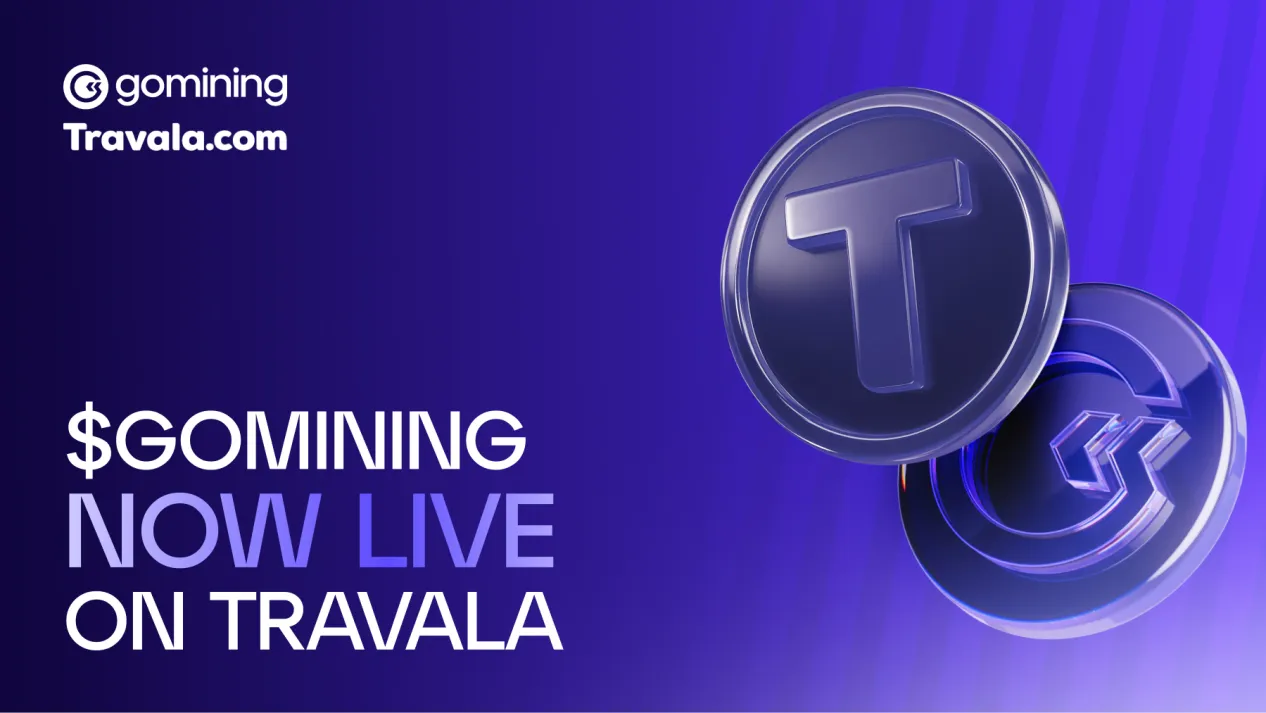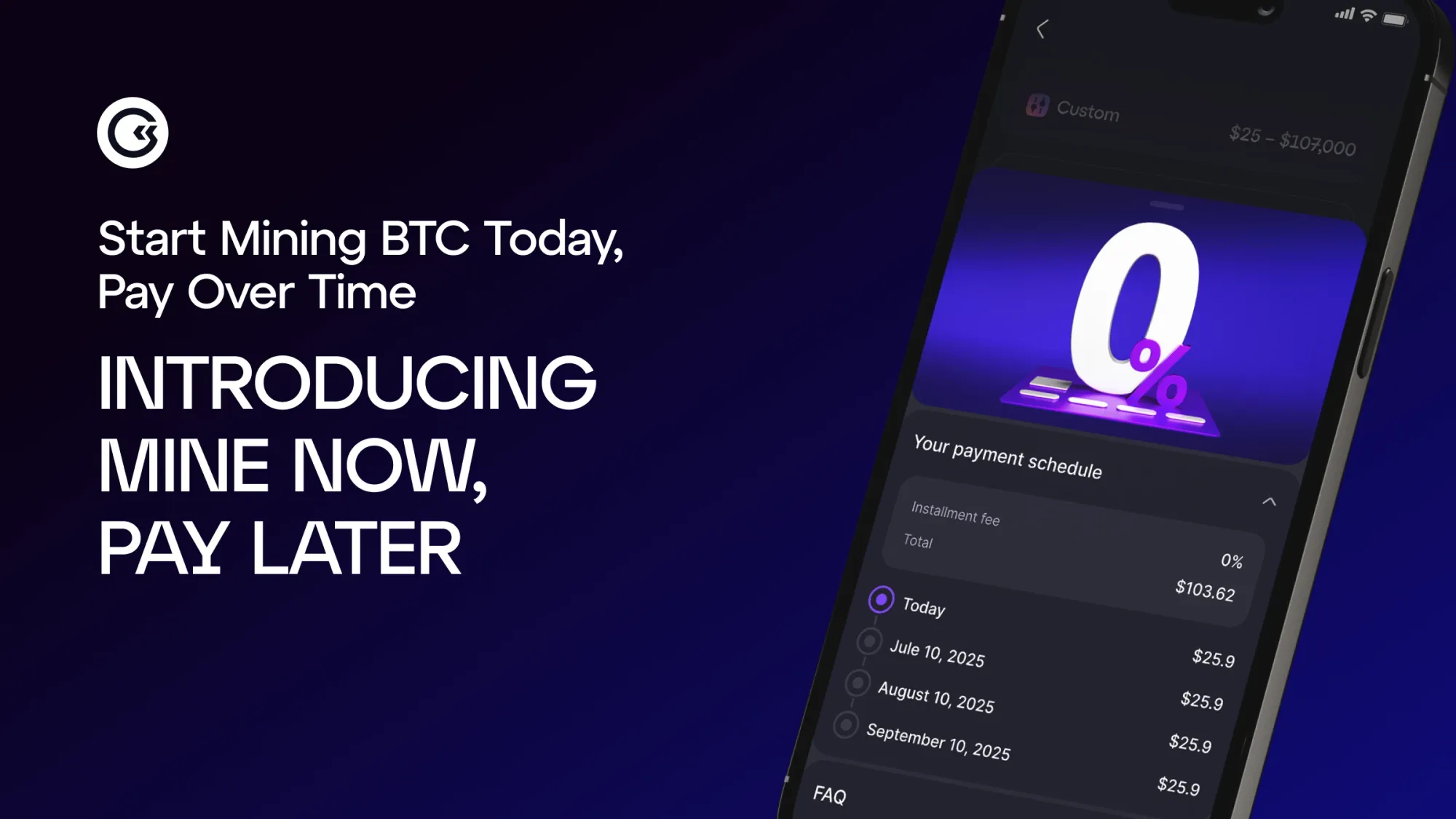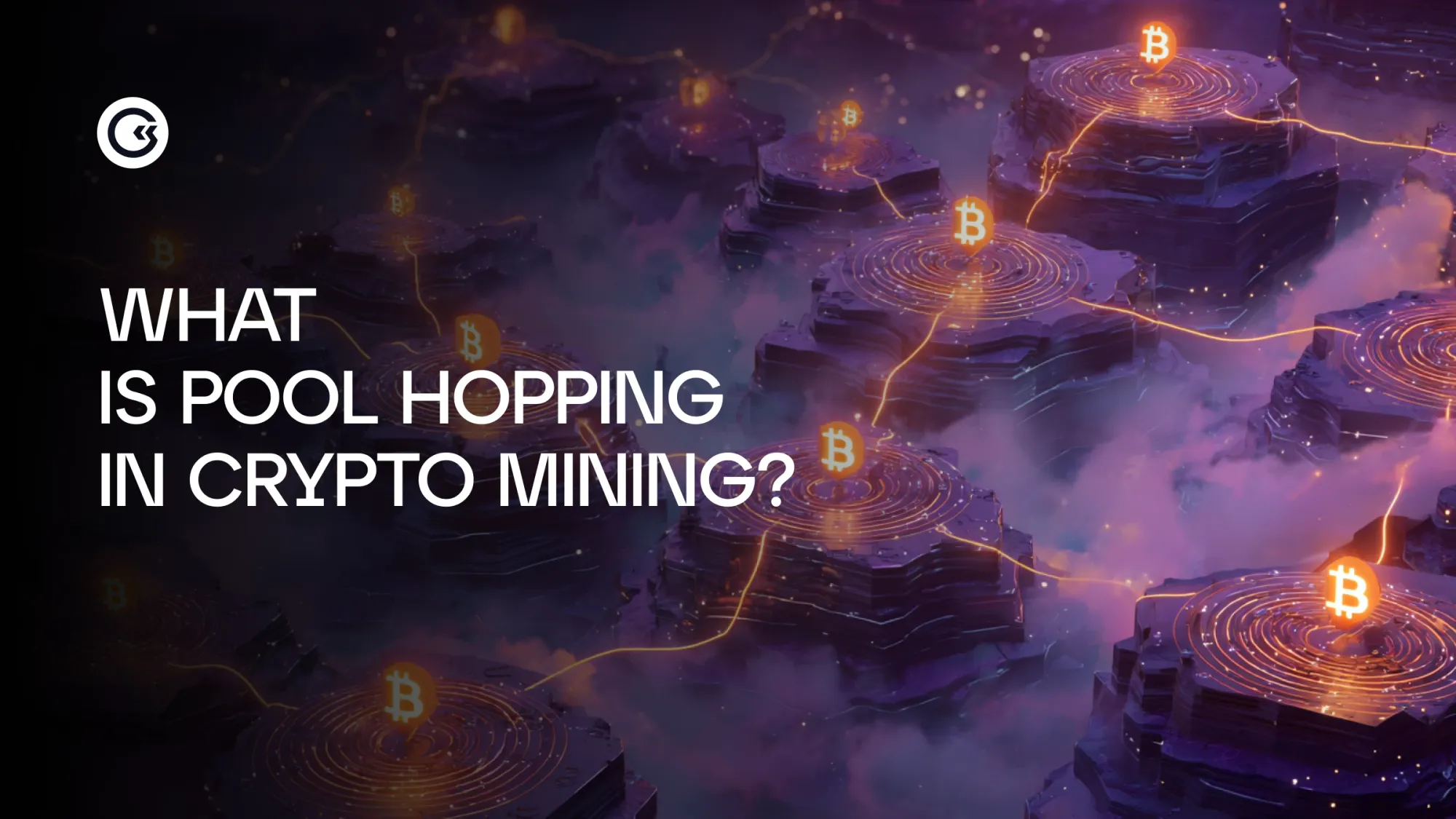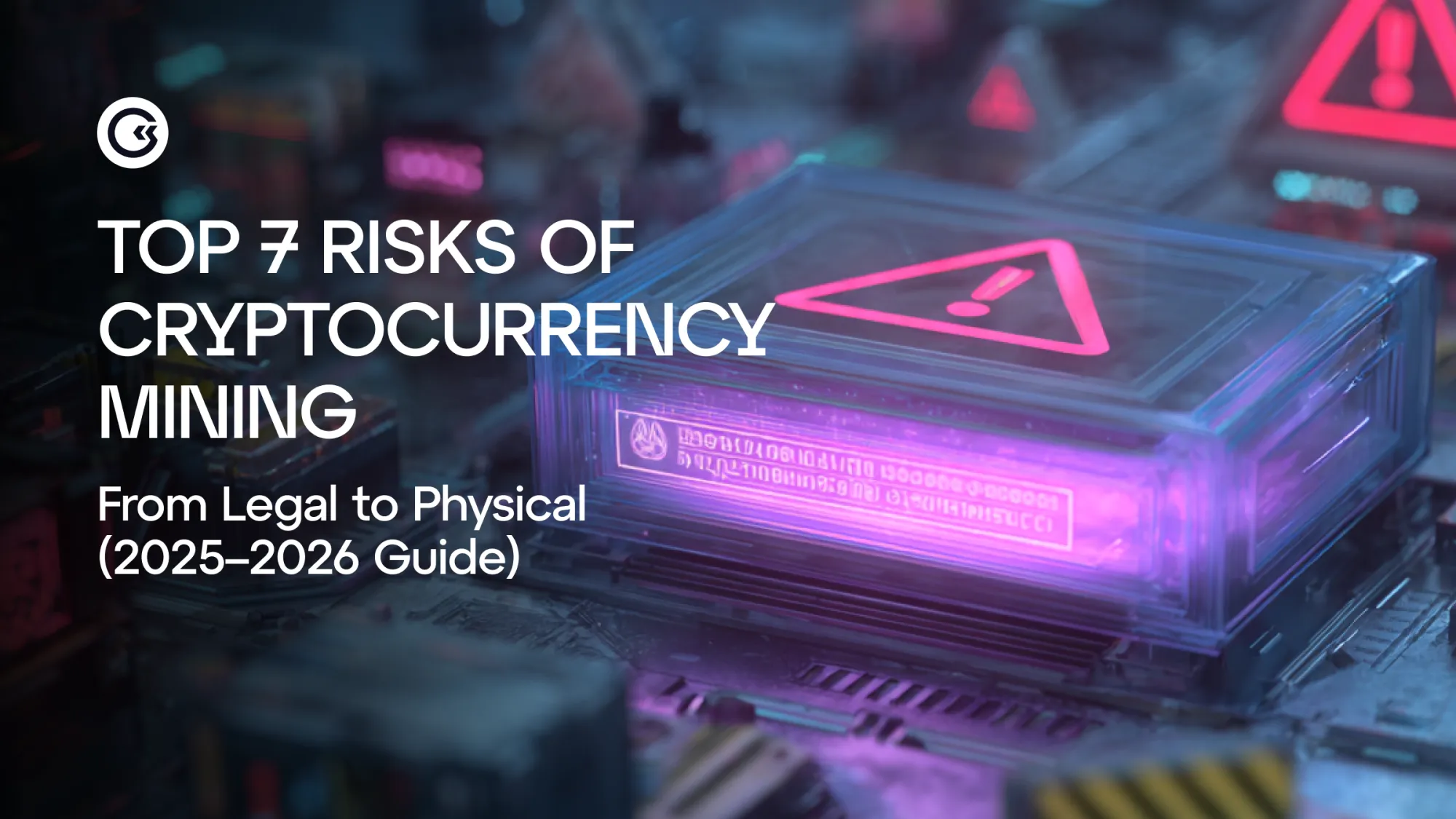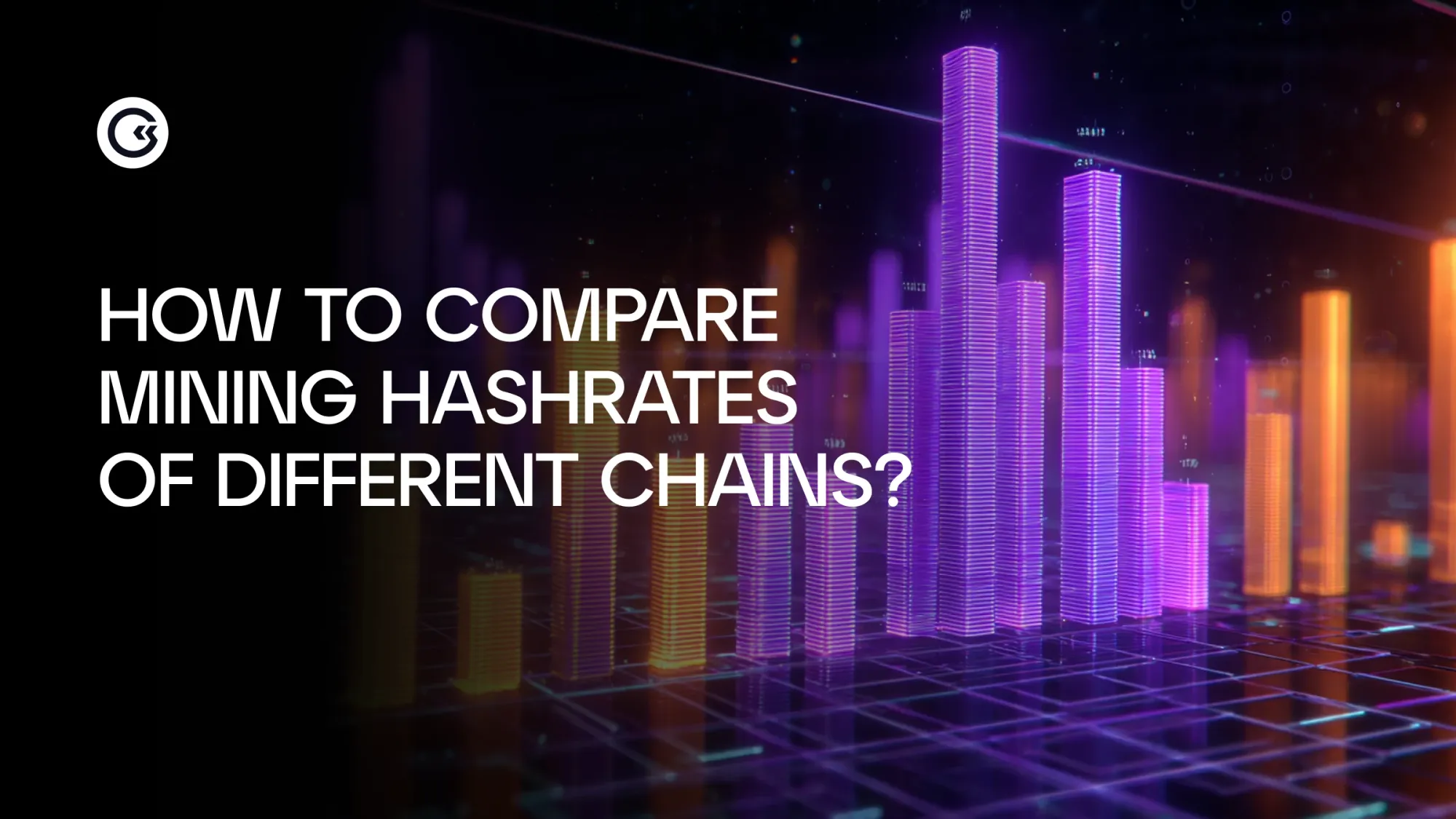When Amazon launched AWS in 2006, almost no one expected cloud computing to become the foundation for a decentralized Internet revolution. Yet today, as Web3 evolves, we face a paradox: the technology designed to free us from centralized platforms still heavily depends on Web2 cloud infrastructure.
Let’s dissect how the backbone of Web2 shapes the landscape of Web3, how modern-day cloud infrastructure works in crypto and why you should care about it.
Cloud Computing in Web2: The Architecture Behind the Modern Internet
Cloud computing transformed how we store and process data. In the old days, to run a website you had to use your own PC, nowadays you can rent power from others and do what you want with it. This principle is applied to every big corporation out there: from Youtube, to Reddit and Facebook — they all rent computing power from specialized Cloud Service companies in one way or another.
Simple analogy: Instead of buying a house, you rent a fully furnished apartment — pay only for what you use, scale space with a click, no repairs. Cloud works the same: no need to buy $10,000+ servers or hire system admins, a virtual server at $50–100/month solves everything.
Instead of running physical data centers, companies rent computing power from giants like Amazon Web Services, Microsoft Azure, and Google Cloud Platform:
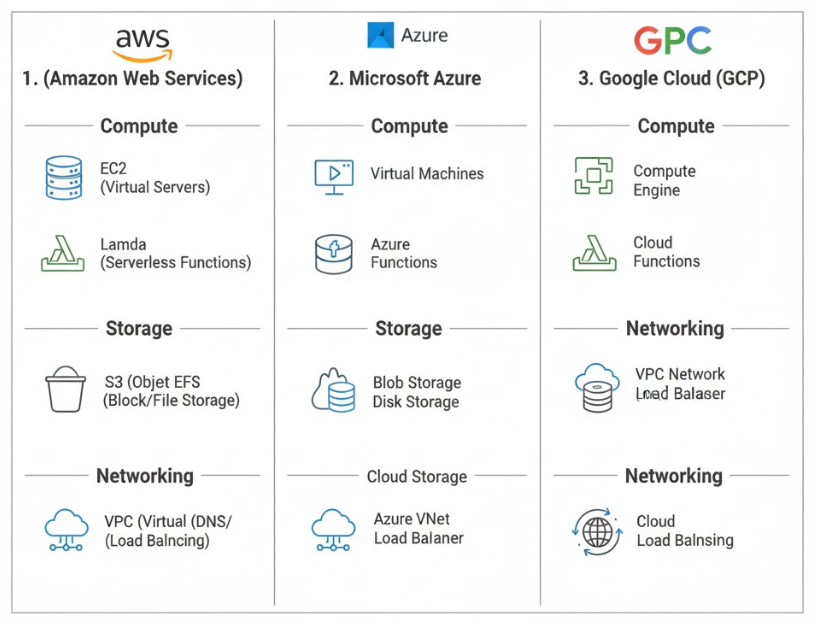
Cloud Infrastructure is the backbone of the modern Web2, also known as your regular internet. Its key function is to provide computing power on demand without you needing to watch over server racks or meddle with hardware inspections.
The three pillars of Web2 cloud infrastructure:
- Infrastructure as a Service (IaaS) — virtual servers and storage that scale within minutes. Like renting land: you get the foundation, but build the house yourself.
- Platform as a Service (PaaS) — pre-configured development environments. Developers focus on code instead of OS or middleware.
- Software as a Service (SaaS) — ready-to-use apps in the browser, like Gmail, Salesforce, or Netflix.
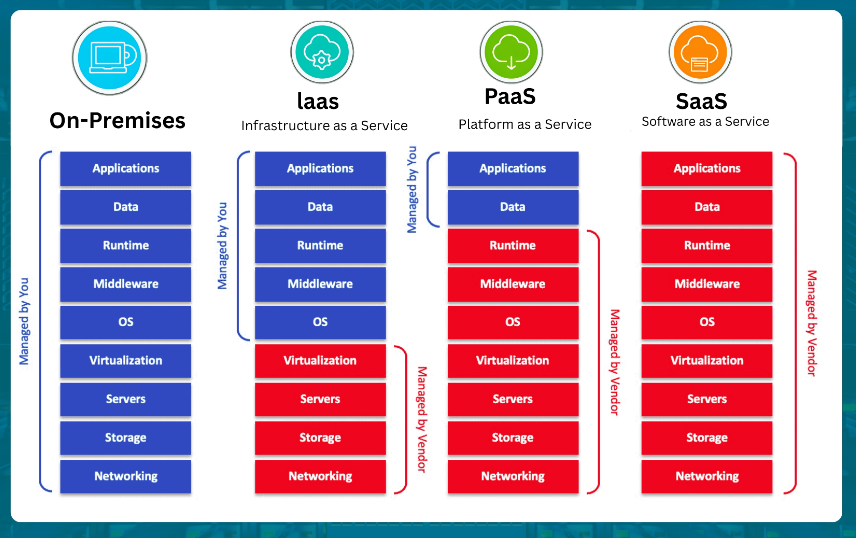
According to Gartner, the global cloud market reached $678B in 2024 and is expected to hit $805B by the end of 2025. This infrastructure processes trillions of transactions daily — from banking to video streaming.
Key difference between Web2 and Web3 is the approach:
- Web3 is supposed to be decentralized, run by volunteers who are rewarded in incentives like regular crypto payments for their trouble. This is how POS Validators and their Nodes are supposed to work.
- Web2 is centralized: everything is run by big corporations, which means concentration of power and possible monopolization of the market.
- Think of it like this: in Web2 there’s 2 to 3 major players, in Web3 everyone plays by the same rules and gets paid equality for their input to the whole network.
The Web3 Paradox: Decentralization Built on Centralized Infrastructure
In principle, to run, POS chains need computing power: someone, somehow, has to validate upcoming new blocks and their corresponding transactions. In practice this is done by people who are willing to provide their hardware in exchange for reward in the chain's native coin.
But there’s a trick: you can rent a cloud service, provide node capacities and still get rewarded for doing the job. In such a way you don’t need to keep expensive hardware on your side.
Here’s what many still overlook: most blockchain nodes run on AWS, Azure, or Google Cloud. Running a validator at home is costly and risky (power outages, hardware issues). Renting a dedicated server costs $200–300/month. An instance of cloud VM with similar performance is $50–80.
A Messari study (Q4 2024) shows that ~54% of Ethereum nodes are hosted on cloud platforms — 33% on AWS alone.
Points of critical dependence:
- In December 2021, a major AWS outage disrupted dApps and DeFi front-ends. Users couldn’t access Uniswap, parts of Aave, or dashboards like Dune Analytics — blockchains stayed online, but the access layer failed.
- RPC endpoints (Remote Procedure Call) are the APIs that wallets and apps use to interact with chains. Providers like Infura, Alchemy, and QuickNode run on the cloud and process billions of requests daily. A November 2020 Infura outage froze large parts of the Ethereum ecosystem for hours.
Hybrid Architecture: How Web3 Uses Web2 Cloud Technology
Over the years, five primary integration models emerged:
1. Cloud Hosting for Nodes & Validators
PoS chains like Ethereum, Solana, and Avalanche require validators to be present online 24/7. Moreover, you can be penalized for not having the correct uptimes. This is why around 65–70% of PoS validators run on Web2 cloud platforms.
It happens because of simple manth: ETH staking yields 3–4% APR (StakingRewards). With 32 ETH ($96000 at $3000/ETH), expected yearly rewards are $2880–3840. Cloud hosting costs $600–1000/year → net profit $2280–3240. Taken into account, it’s more profitable to use Web2 Cloud Computing Power to run Web3 Applications.
2. Decentralized Storage With Cloud Gateways
Protocols like Filecoin, Arweave and IPFS enable decentralized storage — yet most users access them through cloud services like Pinata or NFT.Storage.
Direct Arweave upload vs cloud API showed a 15x speed difference — convenience wins over full decentralization.
3. Hybrid DeFi Protocols
Chainlink — the largest decentralized oracle network — uses cloud infrastructure to aggregate market data from exchanges and APIs. Without this, DeFi would fail and it ain’t a small market — total DeFi TVL is $150B (DeFiLlama):
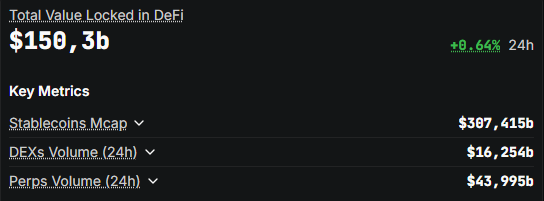
Example:A lending protocol like Compound needs real-time price feeds. Chainlink collects exchange data via cloud APIs, aggregates it, and pushes to smart contracts in 1–2 seconds (vs minutes if decentralized only).
4. Layer-2s and Sidechains
Scaling solutions such as Polygon, Arbitrum and Optimism often rely on centralized sequencers hosted in the cloud.
Example:In June 2024, an Arbitrum USDC transfer cost $0.03 vs $8.50 on Ethereum mainnet — thanks to cloud-based sequencer batching.
5. CEX Trading Infrastructure
CEXs like Binance, Coinbase, Kraken process millions of orders per second via cloud systems.
According to Kaiko Research, 78% of 2024 trading volume was algorithmic — running on AWS with sub-millisecond latency.
Technical metrics: what to track in 2025
- Node Centralization Ratio — the percentage of nodes on cloud platforms. For Ethereum it’s ~58%, for Solana ~70%, for Bitcoin ~40%. Higher centralization = greater systemic risk.Track: Ethernodes.org (Ethereum), Solana Beach (Solana), Bitnodes.io (Bitcoin).
- RPC Request Volume — number of requests to blockchain APIs. Infura processes ~13 billion requests daily (per their dashboard for December 2024). Growth in volume = increased network activity.Track: Infura Status Page (public stats), Alchemy Analytics (periodic reports), QuickNode Metrics (industry trends).
- Cloud Provider Distribution — distribution across AWS, Azure, Google Cloud. For Ethereum: AWS 33%, Hetzner 19%, OVH 12%, Google Cloud 8%, Azure 6%, others 22%.Track: Miga Labs Crawler (detailed analytics), Ethernodes Network Types (hosting visualization), Rated Network (operator distribution).
- Slashing Events — penalties for validator failures. After a major AWS outage in March 2024, 147 slashing incidents were recorded in Ethereum with total losses of ~450 ETH (~$1.35M at the current rate). This is the price of cloud dependency.Track: Beaconcha.in Slashings (real-time monitoring), Rated Network Penalties (aggregated stats), Ethereum Slashing History (historical data).
- API Latency — RPC response delay. Average for Infura: 120–180 ms, for Alchemy: 90–140 ms, for a self-run node on a VPS: 50–80 ms. For traders, every millisecond is critical.Track: RPC Node Performance Comparison (Alchemy benchmark), QuickNode Speed Test (test your requests), Chainlist RPC Health (status of various providers).
So you don’t miss the fundamentals, start with the basics: subscribe to Crypto Academy and get access to the free course “Bitcoin and Mining” → https://academy.gomining.com/courses/bitcoin-and-mining
Practical application: earning scenarios for 2025–2026
Strategy 1: Cloud staking-as-a-serviceEntry threshold: 32 ETH + $1000 initial capitalMonthly expenses: $80–120 for cloud hostingPotential income: 3.5–4.5% APR from staking + the possibility of providing services to other users
Step-by-step algorithm:
- Rent a VPS with 16 GB RAM, 4 CPU cores, 500 GB SSD on Hetzner (~$50/mo) or AWS EC2 t3.xlarge (~$120/mo)
- Install an Ethereum client (Geth + Lighthouse or Prysm)
- Set up monitoring via Beaconcha.in or Rated Network
- Connect a backup node with another provider for 99.9% uptime
Key risk: Slashing in case of server failure. The loss can be 0.5–1 ETH (~$2000–4000). Therefore, monitoring and redundancy are critical.
Strategy 2: Arbitrage via Layer 2Entry threshold: $5000–10000Tools: DEX aggregators like 1inch, Matcha; monitoring via DEXToolsEssence: price differences for assets between Ethereum mainnet and L2 (Arbitrum, Optimism) due to liquidity fragmentation. Cloud APIs allow tracking spreads in real time.
Real example from practice: In August 2024, the price of USDC on Optimism was 0.12% lower than on mainnet (1 USDC = $0.9988 vs $1.0000). With a $100 000 daily turnover, net profit after fees was $87. Monthly ROI under favorable conditions: 2–4%.

Strategy 3: Launching infrastructure-as-a-serviceEntry threshold: $10 000–20 000 + technical skillsModel: providing RPC endpoints, archive nodes, data indexing Companies like Alchemy are valued at $10B+ for a reason. There is steady demand for reliable infrastructure. A small provider can occupy a niche by offering specialized services (e.g., archive nodes for specific blockchains).
Expenses: $500–1500/month for cloud servers for 3–5 blockchainsPotential income: $2000–8000/month with 50–200 clients on $50–100/month subscriptions.
Risks and pitfalls
Systemic risk of cloud providersIn February 2024, the AWS eu-west-1 region was unavailable for 4 hours. All my Ethereum validators missed attestations, costing 0.08 ETH (~$200) in missed rewards. Solution: geographic distribution of nodes across providers and regions.
Centralization through API dependence90% of dApps use Infura or Alchemy. If these services introduce censorship (blocking certain addresses), this could undermine permissionless access. There are already precedents for blocking addresses linked to mixers like Tornado Cash.
Regulatory pressure on cloud providersIn 2024, the SEC and CFTC began considering infrastructure providers as potential participants in the crypto market. This could lead to KYC requirements for renting servers for nodes or restrictions for certain jurisdictions.
Economies of scale vs decentralizationLarge staking providers like Lido control 28% of all staked ETH (per Dune Analytics). They use cloud infrastructure to reduce costs, creating a danger of consensus centralization.
Expense volatilityCloud resource prices may change. AWS increased prices for some instances by 15–20% in 2024. With a narrow margin, this can make staking unprofitable.
Expert opinions and forecasts
“The Web3 paradox is that we’re building a decentralized future on centralized infrastructure. This is a temporary phase. By 2027, we’ll see mature solutions like Akash Network or decentralized CDNs that will become economically competitive with AWS.” — Vitalik Buterin, creator of Ethereum, interview with Bankless, September 2024.
“Cloud computing lowered the barrier to blockchain development from $100,000 to $10,000. Without AWS and Azure, we would not have seen the boom of L2 solutions and new blockchains in 2023–2024.” — Anatoly Yakovenko, creator of Solana, talk at Breakpoint 2024.
According to Messari Crypto Theses 2025, the share of decentralized infrastructure will grow from 8% in 2024 to 18–22% by the end of 2026. This is still a minority, but the trend is positive.
Trends 2025–2026: what to watch
Decentralized Physical Infrastructure Networks (DePIN)Projects like Helium, Akash Network, Render Network create markets for computing power and storage on blockchain. The total market cap of the DePIN sector reached $18 billion in January 2025 (Messari).
AI + Blockchain on cloud infrastructureIntegrating large language models (LLMs) and blockchain requires enormous computing resources. Projects like Bittensor or Fetch.ai use hybrid models: AI training in the cloud, coordination via blockchain.
Regulation of staking providersThe SEC may classify centralized staking services as securities. This will push users toward self-custody staking via cloud VPS, increasing demand for educational content.
Consolidation of cloud crypto providersMergers and acquisitions among RPC providers are expected. The market is maturing, and large players will buy smaller ones. This creates opportunities for exits by early investors in such services.
Ethereum post-merge optimizationAfter the successful Merge (September 2022) and subsequent upgrades (Shapella, Dencun), Ethereum is becoming more efficient. By Q4 2025, full rollout of EIP-4844 is expected, which will reduce L2 fees by another 50–70%. This will increase the load on cloud infrastructure.
Tools for monitoring and analysis
Blockchain Explorers & Analytics: Etherscan, Dune Analytics, Nansen — on-chain data and metrics CoinGlass — liquidations, funding rates, open interest DeFiLlama — TVL, protocol metrics, yields
Infrastructure Monitoring: Nodewatch — distribution of nodes by provider Miga Labs — decentralization score analysis Rated Network — validator performance
Market Intelligence: Glassnode — on-chain metrics and indicators CryptoQuant — exchange and whale data Messari — fundamental research and analysis
Developer Tools: Alchemy, Infura, QuickNode — RPC access Tenderly — smart contract debugging and monitoring The Graph — blockchain data indexing
FAQ: answers to common questions
What is cloud computing in Web2 and how does it shape Web3? It’s the use of centralized cloud platforms (AWS, Azure, Google Cloud) to host the infrastructure of the decentralized internet — blockchain nodes, validators, RPC services, dApp interfaces. Cloud computing makes Web3 accessible and scalable but creates points of centralization.
How does it work in cryptocurrencies? Most Web3 participants rent virtual servers instead of buying their own hardware. This reduces costs by 70–80% and simplifies maintenance. For example, to run an Ethereum validator you need a 24/7 server — the cloud provides 99.9% uptime for $50–100/month versus $2,000+ for hardware and $50/month for electricity.
What are the advantages? Low entry barrier, scalability, high availability, global distribution, automatic backups, pay-as-you-go model. You can launch a project in a day instead of months of configuring physical infrastructure.
What are the risks? Dependence on centralized providers, censorship, mass outages (an AWS outage affects thousands of projects), regulatory pressure, rising prices, vendor lock-in, decreased decentralization of networks.
How to use this to earn in 2026? Three main ways: (1) cloud staking with 3–5% APR, (2) providing infrastructure-as-a-service with 60–70% margins, (3) arbitrage via L2 using cloud APIs to monitor spreads.
Which metrics to track? Node Centralization Ratio (for Ethereum ~54%), DeFi TVL ($45B at the beginning of 2025), staking yields (3–5% for ETH, 7–9% for Solana), RPC request volume (network activity indicator), cloud provider distribution, API latency.
Common mistakes by beginners? Running nodes without monitoring and redundancy (leads to slashing), using only one cloud provider, ignoring geography of deployment, underestimating operational expenses, no exit strategy when cloud prices rise, excessive cost optimization at the expense of reliability.
How does this affect the crypto market? Cloud infrastructure makes blockchains accessible to a wide audience, accelerating adoption. On the other hand, node centralization creates systemic risks. If AWS blocks crypto nodes (theoretically possible under regulatory pressure), it could paralyze a significant part of the network.
What do experts predict for 2026? Growth of decentralized infrastructure (DePIN) to 18–22%, stricter regulation of staking providers, emergence of cloud-neutral solutions with multi-cloud architecture, further reduction in node launch costs due to competition, integration of AI and blockchain on hybrid infrastructure.
Where to follow updates? Main sources: Messari Research, DeFiLlama for protocol metrics, Dune Analytics for on-chain data, CoinDesk and The Block for news, Twitter accounts of key developers (@VitalikButerin, @sassal0x, @hasufl), specialized podcasts like Bankless and Unchained.
Conclusion
After eight years in the industry, I’ve concluded: the hybrid model is not a compromise but a natural evolution. Web3 does not replace cloud computing; it complements it with a layer of trust and decentralized coordination.
Yes, today 58% of Ethereum nodes run on centralized platforms. But this enabled millions of people to participate in the network without technical barriers. Without cloud infrastructure, there would have been no explosive growth of DeFi in 2020–2021, the NFT boom of 2021–2022, and the emergence of hundreds of new L1 and L2s.
Forecast for 2026:We will see mature DePIN solutions that become a real alternative to AWS for certain use cases. But a complete migration off cloud platforms is unlikely — economies of scale work against decentralization at the infrastructure layer.
For investors and developers, the key skill is balancing convenience of centralization and the values of decentralization. Use the cloud where it gives a competitive advantage, but keep critical components (private keys, governance) in decentralized systems.
The next 18–24 months will be decisive for shaping Web3 infrastructure. Those who bet correctly on hybrid architecture will gain a significant advantage.
So you don’t miss the fundamentals, start with the basics: subscribe to Crypto Academy and get access to the free course “Crypto: From Zero to Advanced Investor” → https://academy.gomining.com/courses/bitcoin-and-mining
Telegram | Discord | Twitter (X) | Medium | Instagram
November 7, 2025







